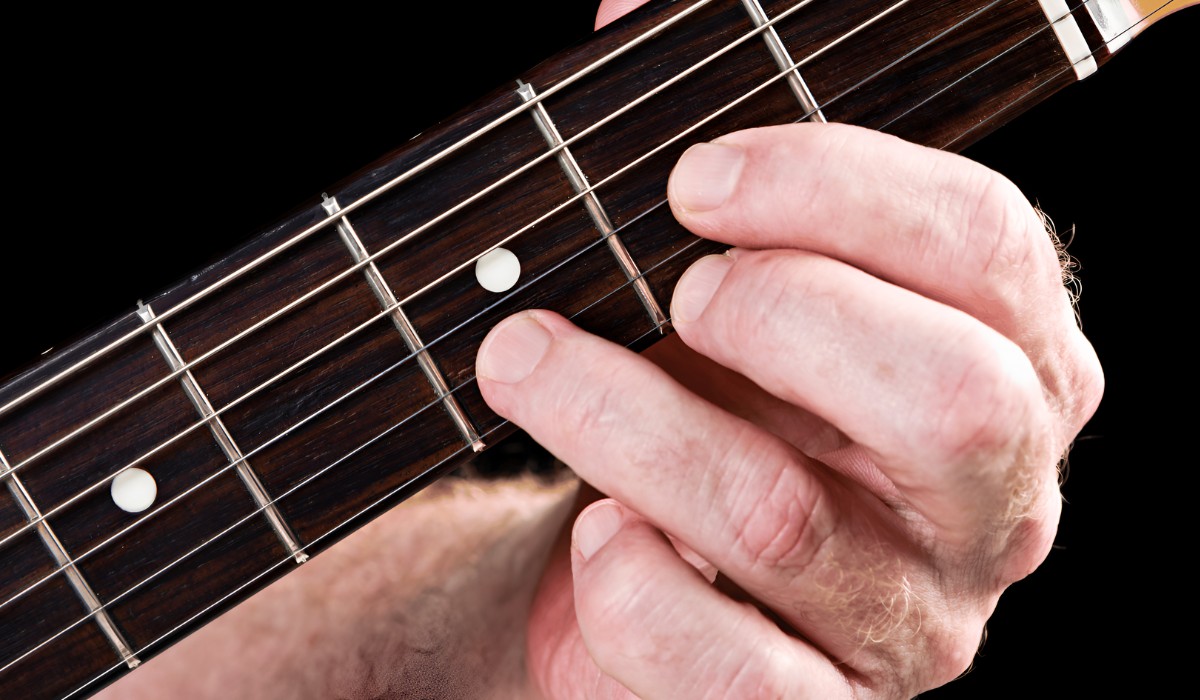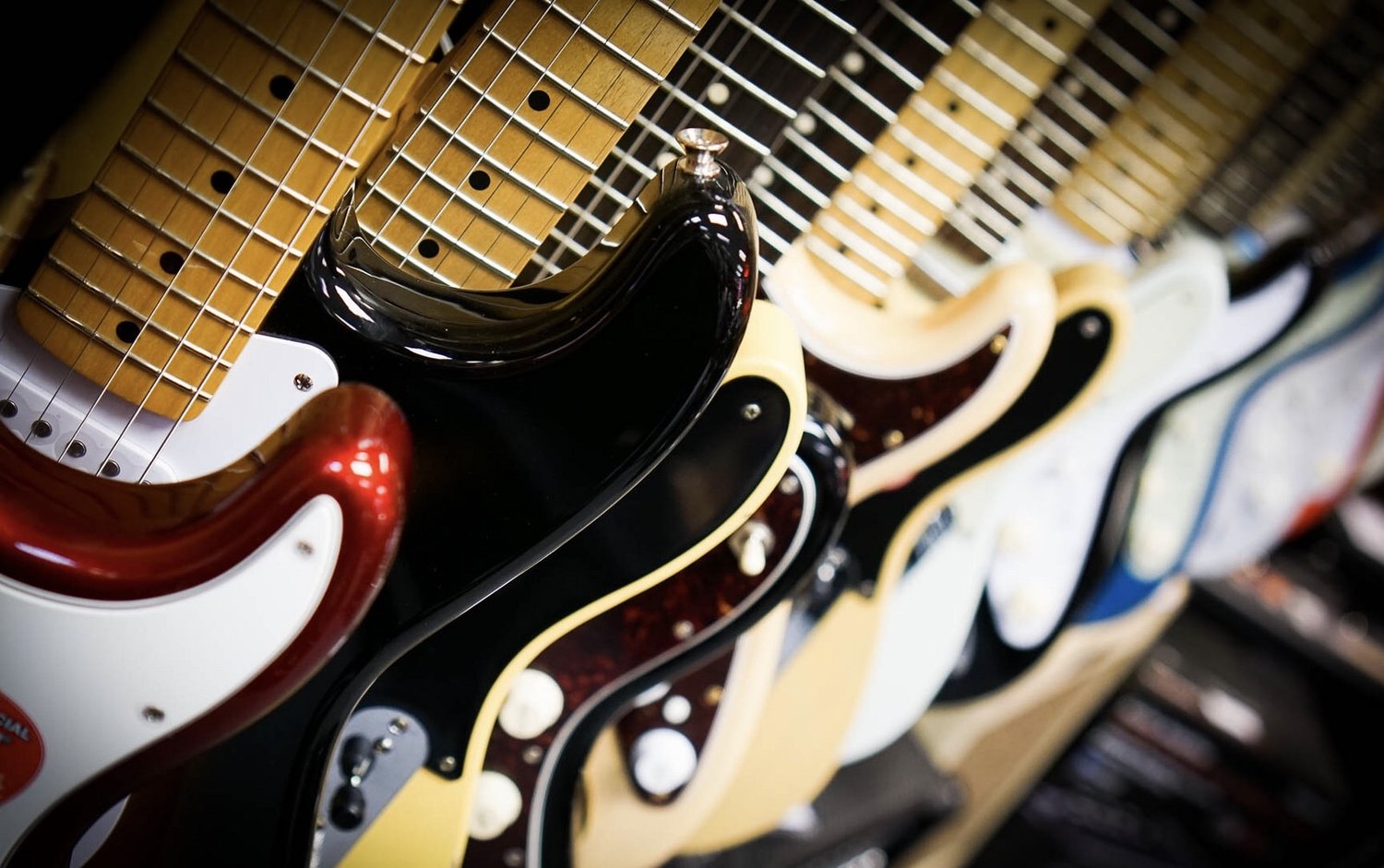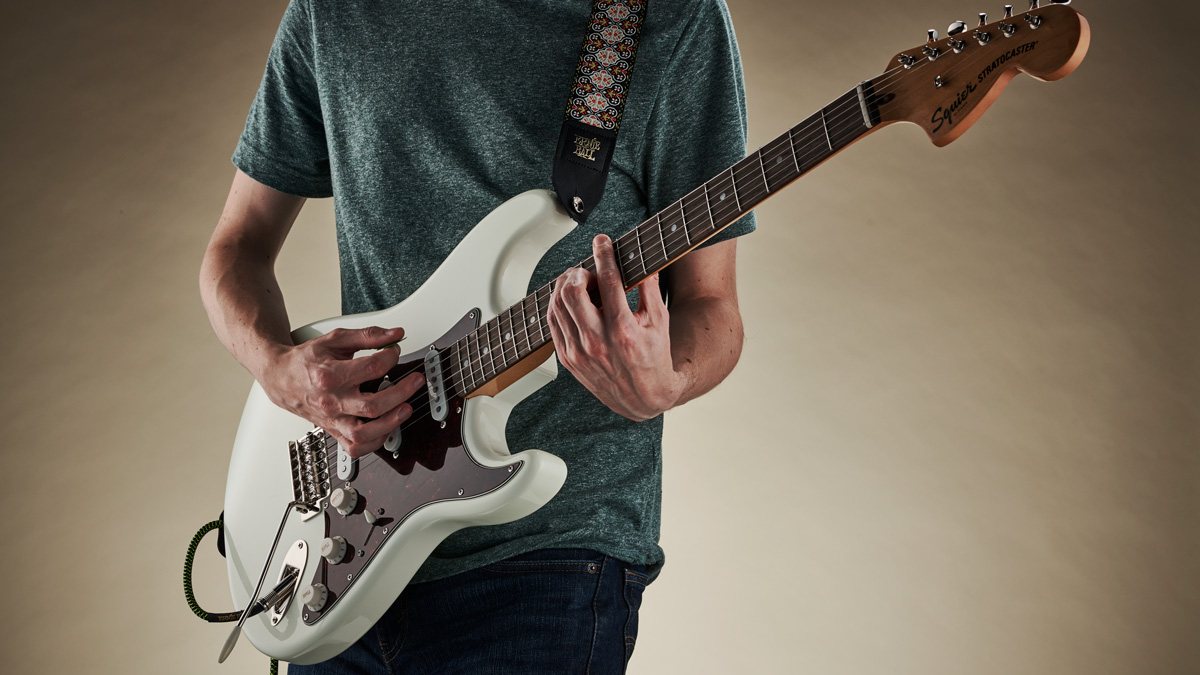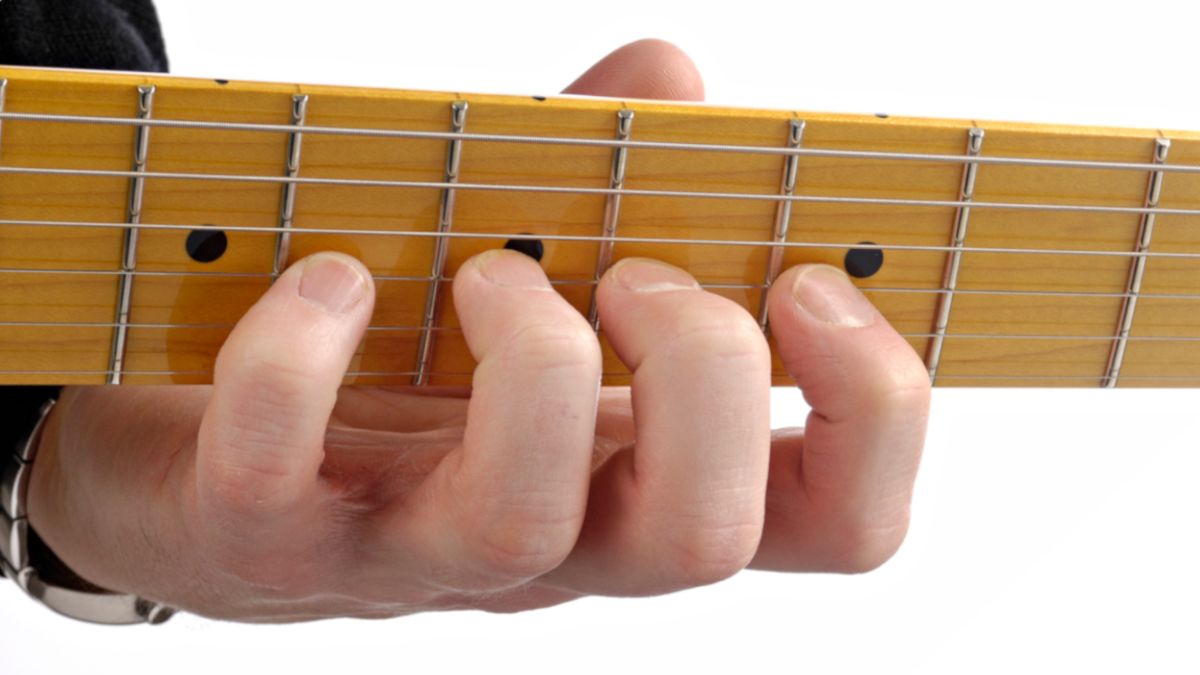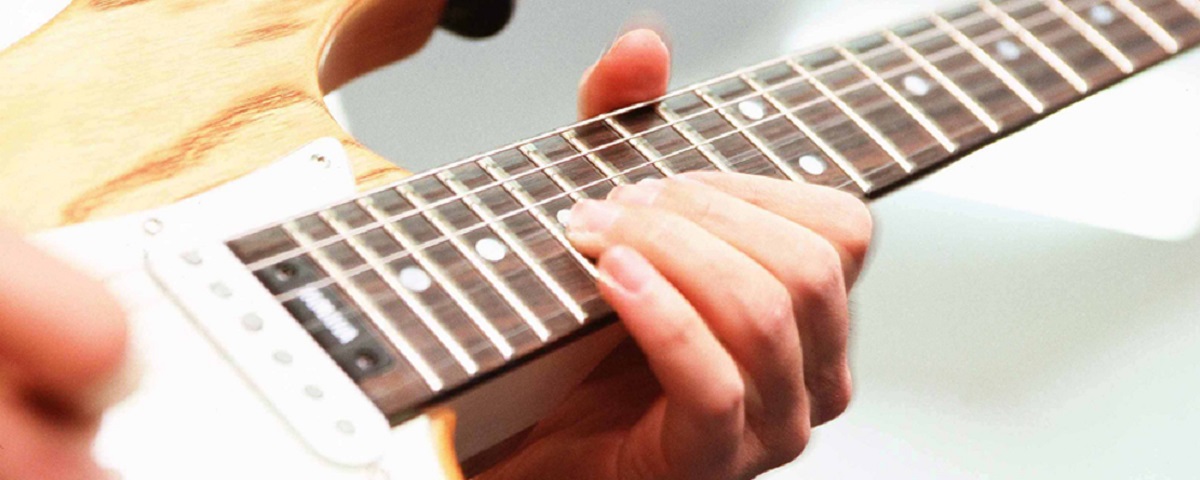Introduction
Introduction
Welcome to the exciting world of electric guitar! Whether you're a complete beginner or transitioning from acoustic to electric, embarking on this musical journey opens up a realm of creative possibilities. Learning to play the electric guitar can be a rewarding and fulfilling experience, and mastering the basics is the first step toward becoming a proficient guitarist.
Playing the electric guitar offers a wide range of musical styles to explore, from blues and rock to jazz and beyond. The instrument's versatility allows for endless experimentation, making it an appealing choice for aspiring musicians. As you delve into the world of electric guitar playing, you'll discover the power of expressing emotions and creating captivating melodies through this dynamic instrument.
Learning to play the electric guitar involves mastering various techniques, understanding music theory, and familiarizing yourself with the instrument's anatomy. This guide will walk you through the essential elements of playing the electric guitar, providing you with a solid foundation to build upon as you progress on your musical journey.
Throughout this guide, you'll gain insights into the basic guitar anatomy, tuning the guitar, fundamental chords, strumming techniques, reading guitar tabs, playing simple melodies, and grasping basic music theory. Each of these elements is crucial for developing a strong understanding of the instrument and laying the groundwork for your growth as a guitarist.
By immersing yourself in the fundamentals of electric guitar playing, you'll set the stage for a fulfilling and enriching musical adventure. So, grab your guitar, plug in your amplifier, and let's embark on this exciting journey of learning to play the electric guitar!
Basic Guitar Anatomy
Before diving into playing the electric guitar, it’s essential to familiarize yourself with its basic anatomy. Understanding the various components of the instrument will not only enhance your playing experience but also enable you to communicate effectively with other musicians and guitar technicians. Here’s a breakdown of the fundamental parts of an electric guitar:
- Body: The body of the electric guitar serves as the main housing for the instrument’s components. It comes in various shapes and sizes, each contributing to the guitar’s overall tone and playability.
- Neck: Attached to the body, the neck is where the fretboard and headstock are located. It plays a crucial role in determining the guitar’s playability and the distance between frets.
- Fretboard: This is the flat surface on the neck where the frets are positioned. It’s where you press down on the strings to produce different notes and chords.
- Headstock: Located at the end of the neck, the headstock holds the tuning pegs, which are used to adjust the tension of the strings and tune the guitar.
- Strings: Typically made of metal, electric guitar strings are responsible for producing sound when plucked, strummed, or picked. They come in different gauges, with lighter strings providing easier playability for beginners.
- Pickups: These magnetic devices are mounted on the body and are responsible for capturing the vibrations of the strings, converting them into electrical signals, and sending them to the amplifier.
- Bridge: The bridge holds the strings in place at the base of the guitar and is crucial for setting the guitar’s intonation and action.
- Volume and Tone Controls: These knobs, usually located on the body of the guitar, allow you to adjust the volume and tone of the instrument, offering flexibility in shaping your sound.
By familiarizing yourself with the basic anatomy of the electric guitar, you’ll gain a deeper appreciation for the instrument and develop a foundational understanding of its construction and functionality. This knowledge will prove invaluable as you progress in your guitar-playing journey, enabling you to make informed decisions about equipment, maintenance, and playing techniques.
Tuning the Guitar
One of the first and most crucial skills to master when learning to play the electric guitar is tuning the instrument. Proper tuning ensures that the strings produce the correct pitches, allowing you to play in harmony with other musicians and enjoy a pleasing, balanced sound. Here’s a guide to help you navigate the tuning process:
Standard Tuning: The most common tuning for electric guitars is EADGBE, starting from the lowest-pitched string to the highest. Tuning your guitar to this standard will enable you to follow along with instructional materials and play a wide range of songs.
Tuning Methods: There are various methods for tuning the guitar, including using a dedicated tuner, tuning by ear, or utilizing digital tuner apps. A clip-on tuner or a tuner pedal can provide precise tuning guidance, while tuning by ear involves matching the pitch of each string to a reference tone.
Tuning Stability: Electric guitars equipped with locking tuners or a locking nut system offer enhanced tuning stability, especially during heavy playing and string bending. Understanding how these components function can help you maintain consistent tuning, even during energetic performances.
Importance of Regular Tuning: Consistently tuning your guitar before practice sessions and performances is essential for developing a discerning ear and ensuring that your playing remains in tune. It also contributes to the longevity of your strings and the overall health of your instrument.
Alternate Tunings: Exploring alternate tunings, such as drop D or open tunings, can expand your creative possibilities and add depth to your musical compositions. Experimenting with different tunings can unlock unique chord voicings and melodic textures, fostering a more diverse and expressive approach to guitar playing.
By mastering the art of tuning your electric guitar, you’ll lay a solid foundation for your musical pursuits, setting the stage for enjoyable practice sessions and captivating performances. Whether you’re strumming chords, picking melodies, or unleashing fiery solos, the harmonious resonance of a well-tuned guitar will elevate your playing to new heights.
Basic Chords
As you embark on your electric guitar journey, familiarizing yourself with basic chords is essential for building a repertoire of songs and developing foundational fretting techniques. Chords are the building blocks of music, allowing you to accompany melodies, create harmonic progressions, and express a wide range of emotions through your playing. Here’s a guide to help you master the fundamental chords:
Open Chords: Open chords, such as C, D, E, G, and A, are among the first chords that beginner guitarists learn. These chords utilize open strings and are played in the first few frets, making them accessible for novice players. Mastering open chords sets the stage for strumming popular songs and gaining confidence in your fretting hand dexterity.
Barre Chords: Barre chords involve using one finger to fret multiple strings across the fretboard, allowing you to play a wide variety of chord shapes and move them up and down the neck. While barre chords may initially pose a challenge, they offer versatility and expand your chord vocabulary, enabling you to play in different keys and musical styles.
Power Chords: Power chords, consisting of the root note and the fifth, are prevalent in rock, punk, and metal music. Their simple yet powerful sound makes them a staple for electric guitarists, providing a raw and energetic quality to rhythm playing. Learning power chords equips you with the tools to delve into high-energy rock riffs and anthemic chord progressions.
Chord Progressions: Understanding common chord progressions, such as the I-IV-V progression, opens up a world of musical possibilities. By learning to transition between chords smoothly and rhythmically, you’ll develop a strong sense of musical phrasing and gain the ability to accompany vocal melodies and create captivating compositions.
Strumming Patterns: Pairing chords with various strumming patterns adds depth and rhythm to your playing, allowing you to infuse your music with dynamics and emotion. Experimenting with different strumming techniques, including downstrokes, upstrokes, and percussive strums, enhances your ability to convey the mood and feel of a song.
Mastering basic chords on the electric guitar lays the groundwork for expressing your musical creativity and connecting with your audience. Whether you’re crafting introspective ballads, driving rock anthems, or soulful blues tunes, the versatility of basic chords empowers you to bring your musical vision to life.
Strumming Techniques
Developing proficient strumming techniques is essential for unlocking the rhythmic potential of the electric guitar and infusing your playing with dynamic expression. Strumming forms the backbone of rhythm guitar playing, allowing you to drive the music forward, accentuate chord progressions, and create engaging grooves. Here’s a guide to mastering essential strumming techniques:
Downstrokes and Upstrokes: Mastering the art of downstrokes and upstrokes forms the foundation of strumming. Downstrokes involve strumming the strings in a downward motion, while upstrokes entail strumming in an upward direction. Practicing these motions with precision and control enables you to execute rhythmic patterns fluently.
Strumming Patterns: Experimenting with various strumming patterns, such as the common “down, down-up, up-down-up” pattern, adds texture and rhythm to your playing. Different patterns can evoke distinct moods and complement diverse musical styles, allowing you to convey emotions and enhance the overall feel of a song.
Dynamic Strumming: Learning to vary the intensity and dynamics of your strumming enhances the musicality of your playing. Incorporating soft, subtle strums alongside bold, emphatic strokes adds depth and nuance to your performance, enabling you to convey a wide range of emotions through your guitar playing.
Palm Muting: Mastering the technique of palm muting involves lightly resting the edge of your picking hand’s palm on the strings near the bridge, resulting in a percussive and muted sound. This technique is prevalent in rock, metal, and punk music, adding a rhythmic punch to power chords and driving riffs.
Raking and Arpeggiating: Exploring raking techniques, where the pick glides across the strings to produce a cascading effect, and arpeggiating chords, which involves picking individual notes within a chord, expands your sonic palette and allows for intricate and melodic strumming variations.
By honing your strumming techniques on the electric guitar, you’ll elevate your rhythmic prowess and enrich your musical performances. Whether you’re accompanying a vocalist, leading a band, or embarking on a solo instrumental piece, the art of strumming empowers you to drive the music forward and captivate listeners with your expressive and dynamic playing.
Reading Guitar Tabs
Understanding how to read guitar tabs is an invaluable skill that allows you to quickly learn and play songs, riffs, and melodies on the electric guitar. Guitar tablature, commonly referred to as “tabs,” provides a visual representation of the instrument’s fretboard, indicating which strings to play and where to place your fingers. Here’s a comprehensive guide to reading guitar tabs:
Tab Layout: Guitar tabs consist of six horizontal lines, each representing a string on the instrument. Numbers placed on these lines indicate which fret to press down on that particular string, allowing you to replicate specific notes and chords. Tabs provide a straightforward and intuitive way to learn new music without the need for traditional sheet music notation.
String Identification: The line at the bottom of the tab represents the low E string, while the line at the top corresponds to the high E string. This layout mirrors the physical arrangement of the guitar strings, providing a clear visual reference for fretting positions and string assignments.
Fret Numbers: The numbers on the lines indicate the frets to be pressed down on the corresponding strings. By following the sequence of numbers from left to right, you can play the notes, chords, and melodies as indicated in the tab, effectively replicating the music in a simplified and accessible format.
Chord Diagrams: In addition to individual notes and riffs, guitar tabs often include chord diagrams, which illustrate the finger positions for playing specific chords. These diagrams offer a convenient way to learn and memorize chord shapes, facilitating the seamless transition between different chords within a song.
Rhythmic Notation: While guitar tabs primarily focus on indicating which notes and frets to play, rhythmic notation is often absent. However, the horizontal alignment of the numbers can provide a general sense of timing, and familiarizing yourself with the original song can aid in understanding the rhythmic nuances of the music.
By mastering the art of reading guitar tabs, you’ll gain access to a vast library of songs and musical compositions, enabling you to learn and play your favorite music with ease. Whether you’re delving into iconic riffs, intricate solos, or melodic accompaniments, guitar tabs serve as a valuable resource for expanding your repertoire and honing your skills as an electric guitarist.
Simple Melodies
Exploring simple melodies on the electric guitar provides a gateway to expressing musical ideas and honing your ability to craft captivating tunes. Whether you’re drawn to folk, pop, or classical music, mastering simple melodies allows you to convey emotion and create memorable musical passages. Here’s a guide to delving into the realm of simple melodies on the electric guitar:
Single-Note Melodies: Beginning with single-note melodies, such as familiar folk tunes or iconic movie themes, provides an excellent starting point for developing finger dexterity and ear training. Focusing on playing one note at a time allows you to concentrate on precision and phrasing, laying a solid foundation for more complex melodic playing.
Scale Exploration: Familiarizing yourself with common scales, such as the major and minor scales, equips you with the building blocks for crafting melodies. By practicing scale sequences and note patterns, you’ll gain a deeper understanding of melodic structure and develop the ability to improvise and compose your own musical ideas.
Embellishments and Ornaments: Adding embellishments, such as hammer-ons, pull-offs, and slides, to your melodies infuses them with expressive nuances and fluidity. These techniques enhance the melodic flow and imbue your playing with a sense of artistry, allowing you to convey subtle variations in pitch and dynamics.
Chord-Based Melodies: Exploring melodies that incorporate chord tones and arpeggios enables you to blend harmony and melody, creating rich and harmonically resonant passages. By intertwining melodic phrases with chordal elements, you can craft captivating compositions and arrangements that showcase the expressive potential of the electric guitar.
Ear Training: Engaging in ear training exercises, such as learning melodies by ear and transcribing music, sharpens your listening skills and deepens your musical intuition. Developing a keen ear for pitch, intervals, and musical motifs enhances your ability to interpret and perform melodies with clarity and accuracy.
By immersing yourself in the realm of simple melodies on the electric guitar, you’ll unlock a world of creative possibilities and develop a nuanced approach to melodic expression. Whether you’re crafting evocative instrumental pieces, embellishing vocal accompaniments, or improvising soulful solos, the art of playing simple melodies enriches your musical journey and fosters a deeper connection with the expressive potential of the electric guitar.
Basic Music Theory
Understanding basic music theory is essential for aspiring electric guitarists, providing a framework for comprehending the underlying principles of music and enhancing your ability to interpret and create captivating compositions. By delving into fundamental concepts of music theory, you’ll gain valuable insights into the structure, harmony, and expression of music. Here’s a guide to navigating the realm of basic music theory as it pertains to the electric guitar:
Note Fundamentals: Familiarizing yourself with the musical alphabet, note names, and their corresponding positions on the fretboard lays the groundwork for understanding scales, chords, and melodies. Learning to identify and locate notes on the guitar empowers you to navigate the instrument with confidence and precision.
Scales and Intervals: Exploring scales, such as the major and minor scales, introduces you to the concept of intervals and the arrangement of whole and half steps within a scale. Understanding scale patterns and intervals facilitates the development of melodic phrases, improvisation, and a deeper comprehension of musical structure.
Chord Construction: Delving into chord construction elucidates the formation of basic triads and extended chords, providing insight into the harmonic framework of music. Learning how chords are built from intervals and understanding chord voicings on the guitar enables you to expand your chord vocabulary and create harmonically rich accompaniments.
Rhythm and Time Signatures: Grasping the fundamentals of rhythm, including time signatures and rhythmic notation, enhances your rhythmic precision and ability to interpret and execute diverse rhythmic patterns. Developing a solid rhythmic foundation empowers you to play in sync with other musicians and navigate complex rhythmic structures with ease.
Song Structure: Understanding common song structures, such as verse-chorus form and bridge sections, provides insight into the organization and progression of musical compositions. Recognizing recurring song sections and their harmonic relationships equips you with the tools to interpret and arrange songs effectively.
By immersing yourself in the principles of basic music theory, you’ll deepen your understanding of the language of music and cultivate a more informed and expressive approach to playing the electric guitar. Whether you’re composing original music, interpreting classic songs, or collaborating with fellow musicians, a solid grasp of music theory enriches your musical endeavors and empowers you to communicate and connect through the universal language of music.







